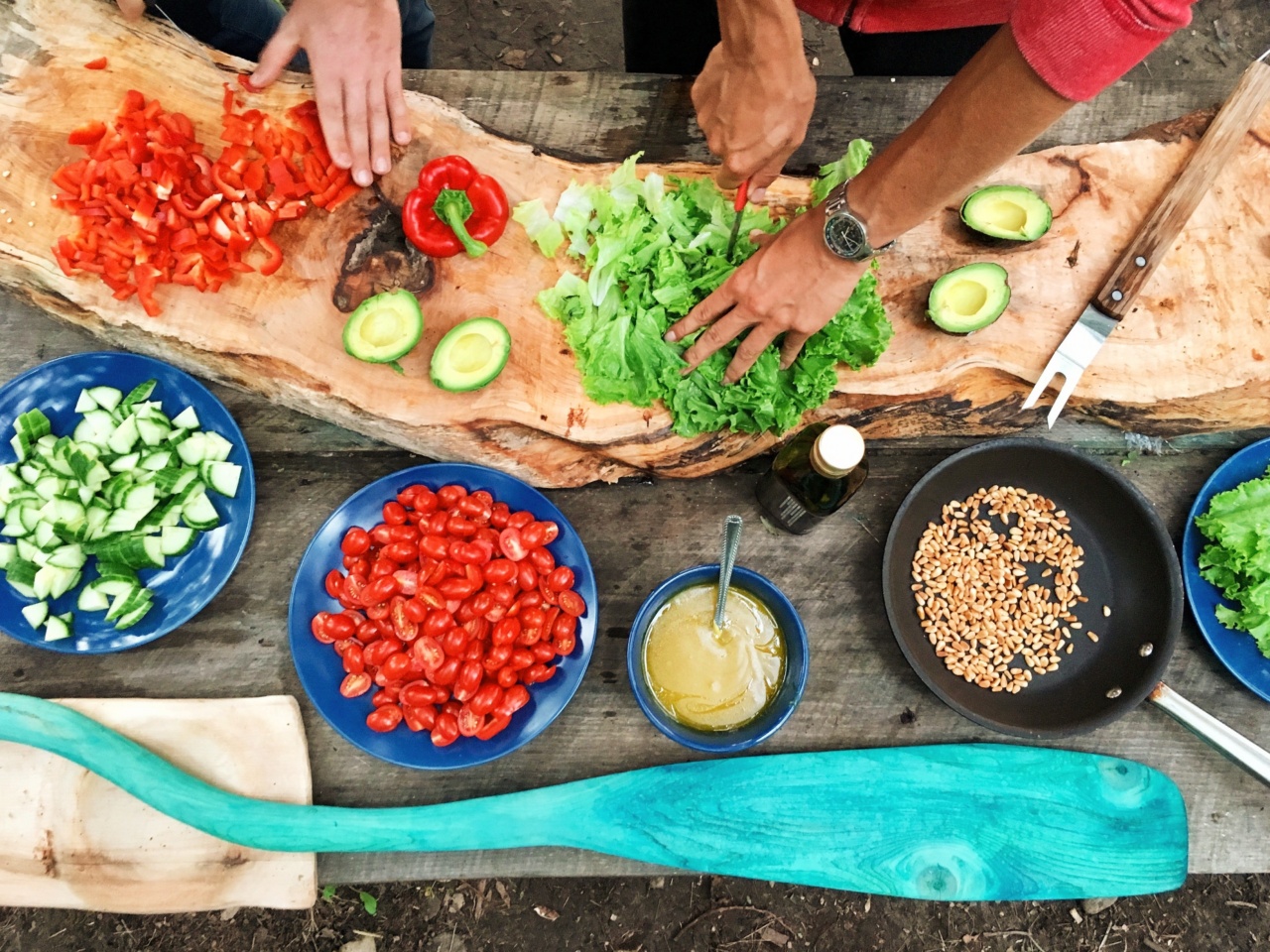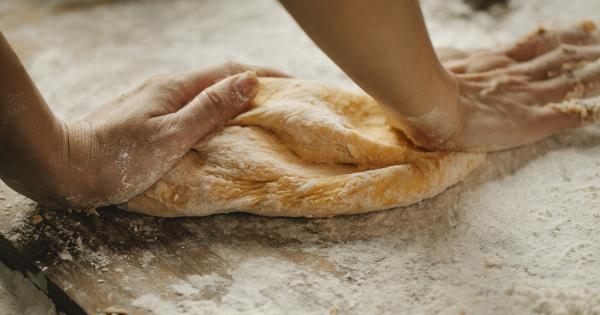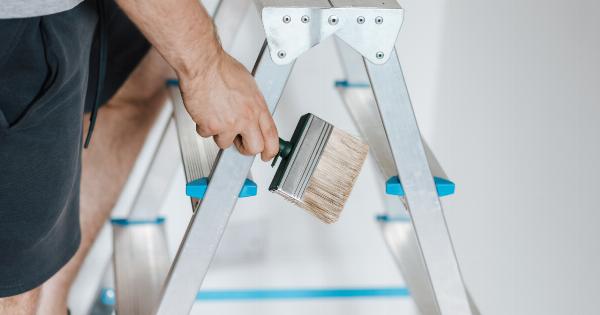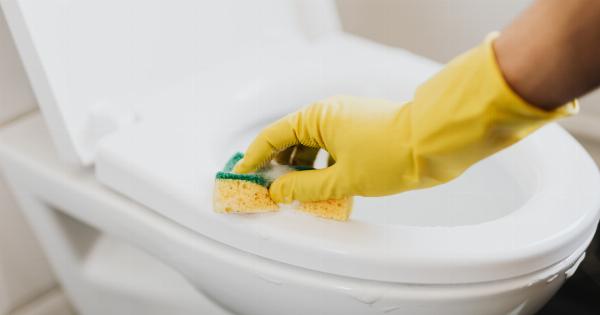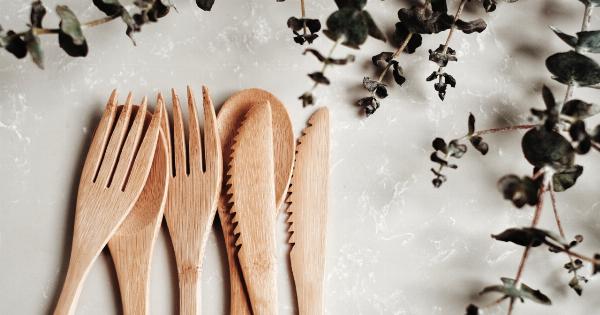Do you know what the dirtiest areas in your kitchen are? Surprisingly, some of the most commonly used and touched areas are also the most germ-infested.
Keeping these areas clean and hygienic is crucial for preventing the spread of harmful bacteria that can lead to food poisoning and other illnesses.
1. Kitchen Sponge or Dishcloth
Did you know that your kitchen sponge or dishcloth is one of the dirtiest items in your entire house? According to research, the average kitchen sponge contains more bacteria than a toilet seat.
Over time, this can lead to the buildup of harmful bacteria such as E. coli and Salmonella, both of which can cause food poisoning. Unfortunately, wet sponges are the perfect breeding ground for bacteria, so it’s crucial to replace them frequently and keep them as dry as possible.
2. Sink
Your kitchen sink is another area where bacteria can thrive. From washing dirty dishes to cleaning fruits and vegetables, your sink is constantly exposed to food particles and moisture.
Over time, this can lead to the buildup of harmful bacteria such as Salmonella and Listeria. To keep your sink clean and hygienic, it’s important to clean it regularly with a disinfectant cleaner and to avoid leaving dirty dishes or standing water in the sink for too long.
3. Cutting Boards
Cutting boards are another area where harmful bacteria can accumulate. If you often use the same cutting board for meat and vegetables, for example, the bacteria from the raw meat can easily transfer to the vegetables and cause illness if consumed.
It’s important to always use separate cutting boards for raw meat and vegetables, and to clean them thoroughly with hot, soapy water after each use. If you notice deep grooves or scratches on your cutting board, it might be time to replace it.
4. Refrigerator Handles
Your refrigerator handles are another commonly overlooked area when it comes to kitchen hygiene. Every time you open the refrigerator door, you transfer bacteria from your hands to the handle.
Over time, this can lead to the buildup of harmful bacteria such as E. coli and Salmonella. To keep your refrigerator handles clean, it’s important to wipe them down regularly with a disinfectant cleaner.
Conclusion
Keeping your kitchen clean and hygienic is crucial for preventing the spread of harmful bacteria that can cause food poisoning and other illnesses.
By focusing on these four areas – your kitchen sponge or dishcloth, sink, cutting boards, and refrigerator handles – you can significantly reduce the risk of contamination in your kitchen. It’s important to clean these areas regularly and thoroughly with hot, soapy water and a disinfectant cleaner, and to replace items like sponges and cutting boards when they become excessively dirty or damaged.
